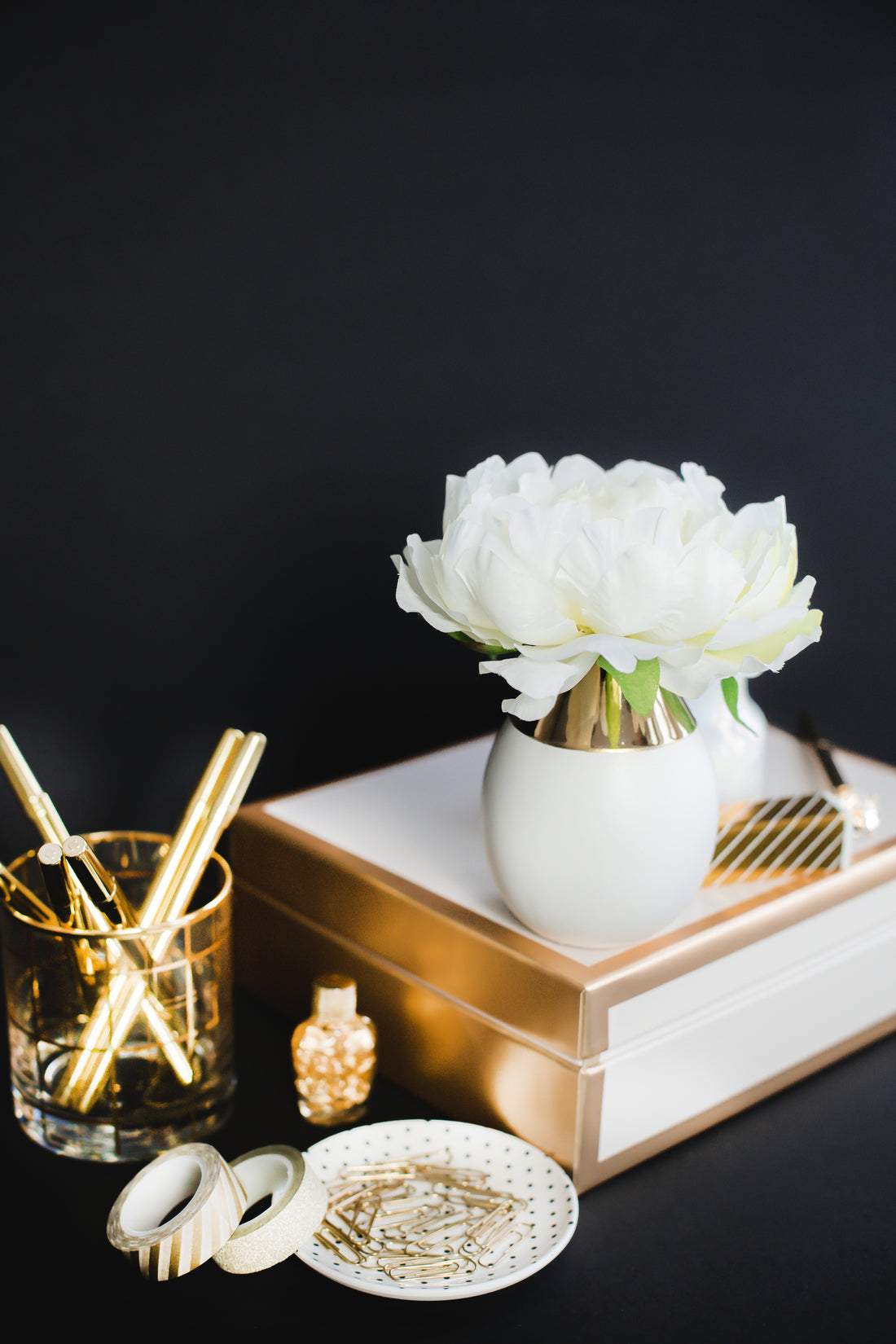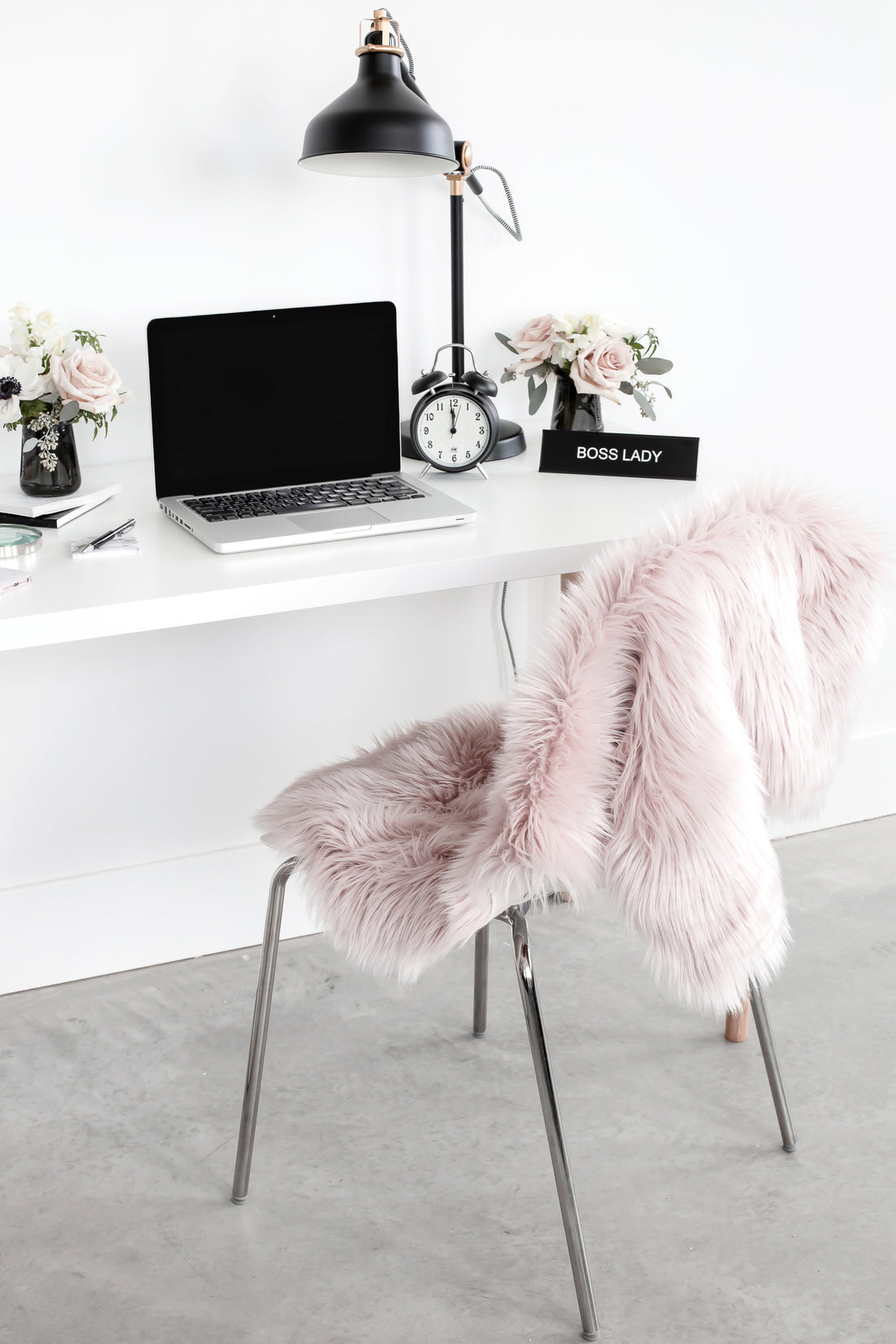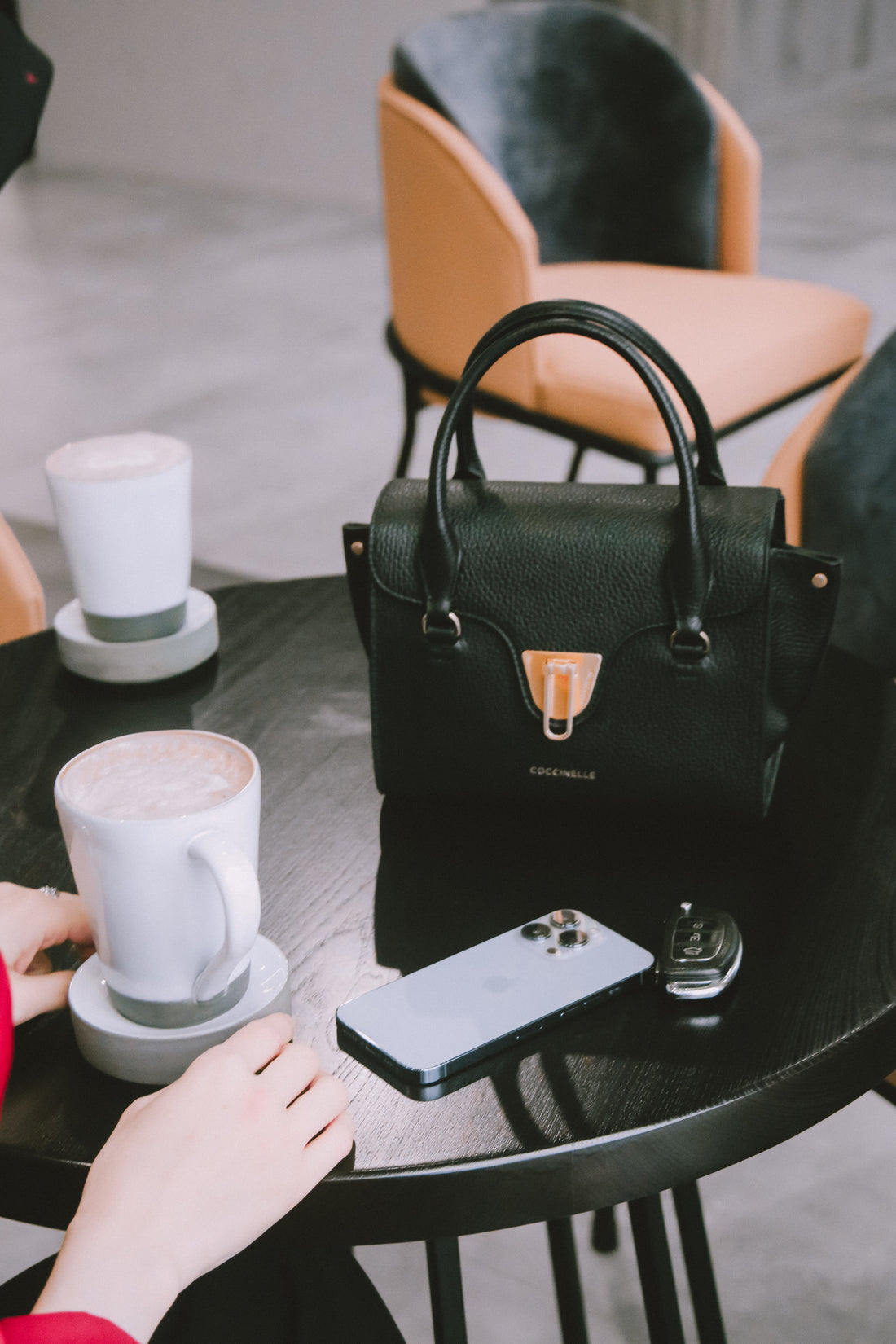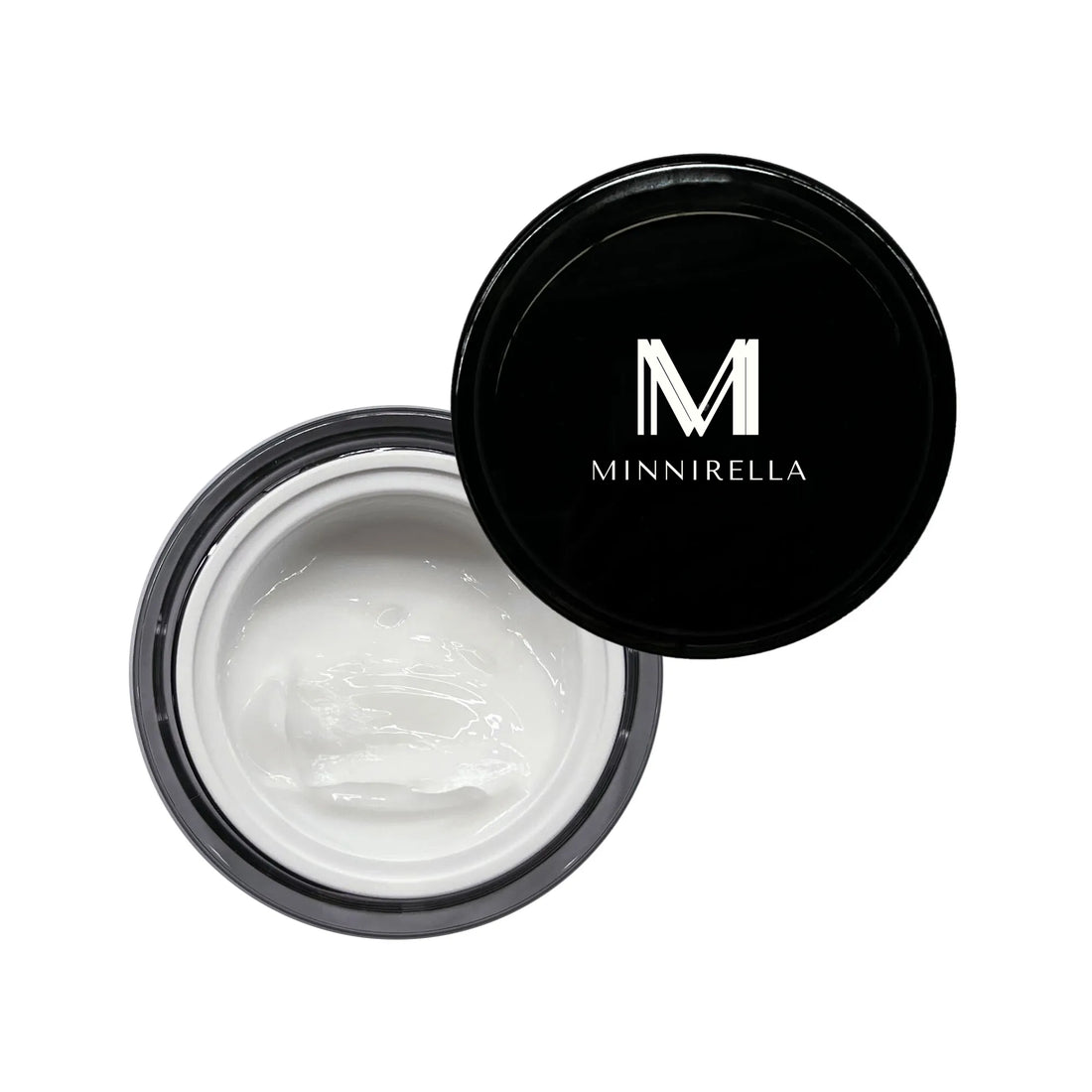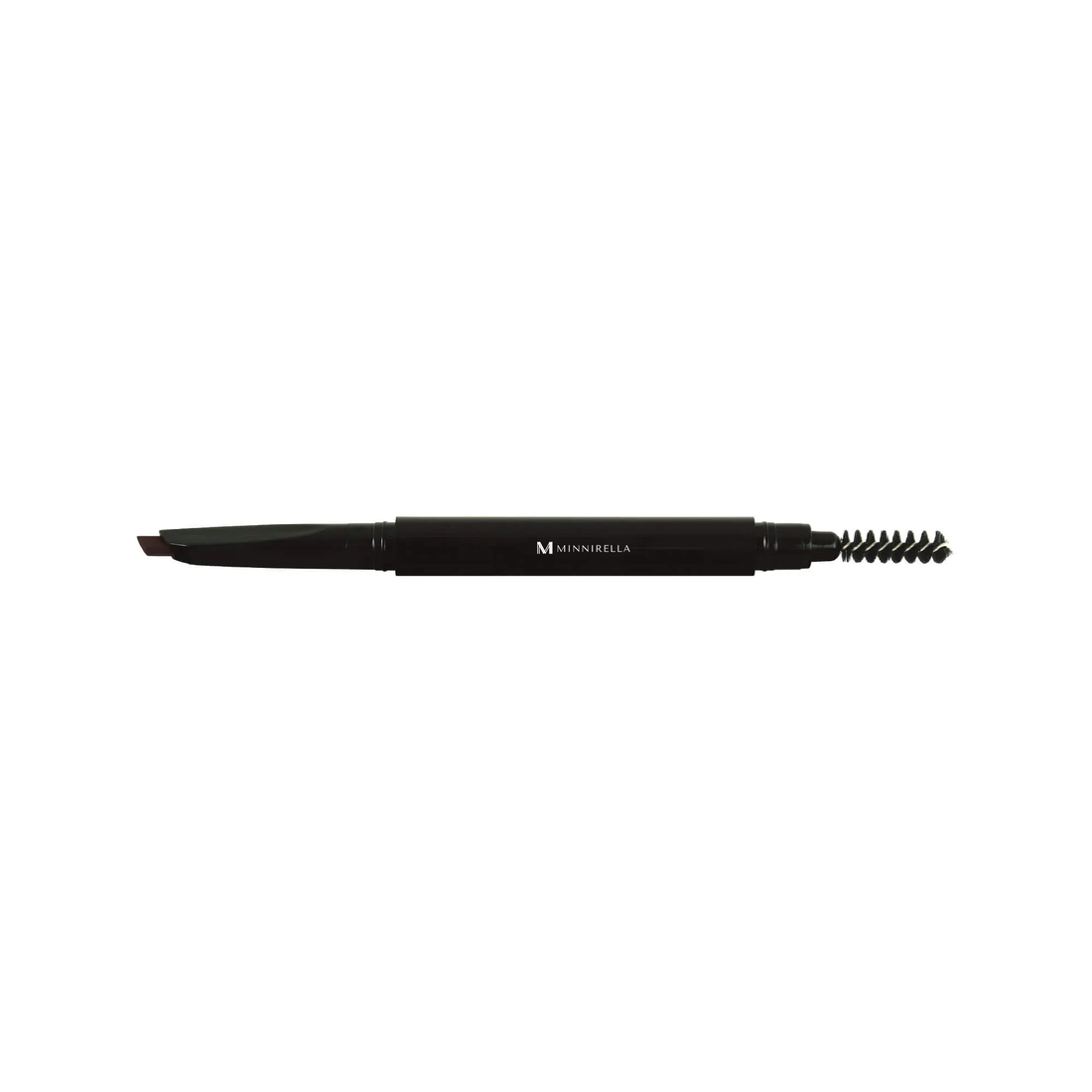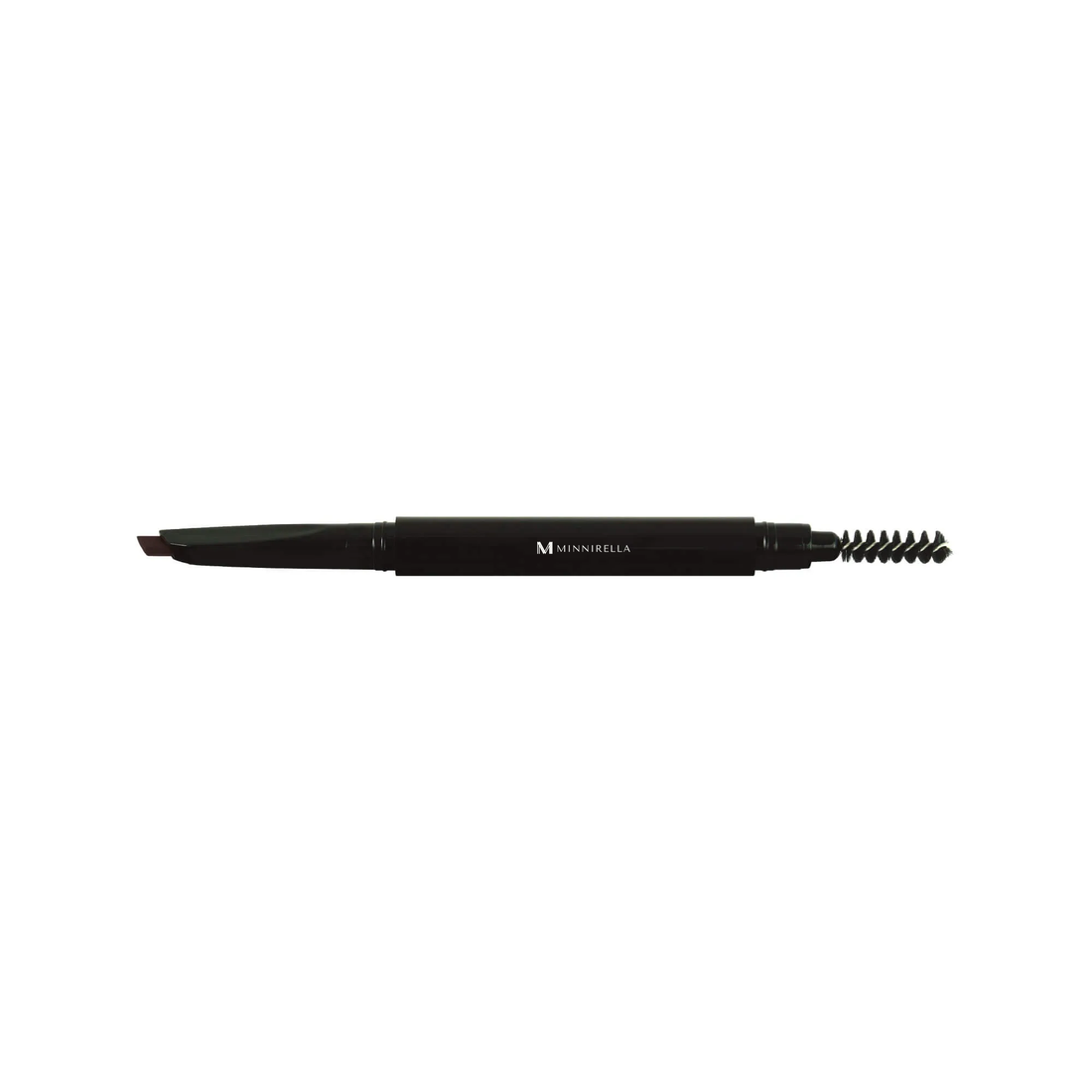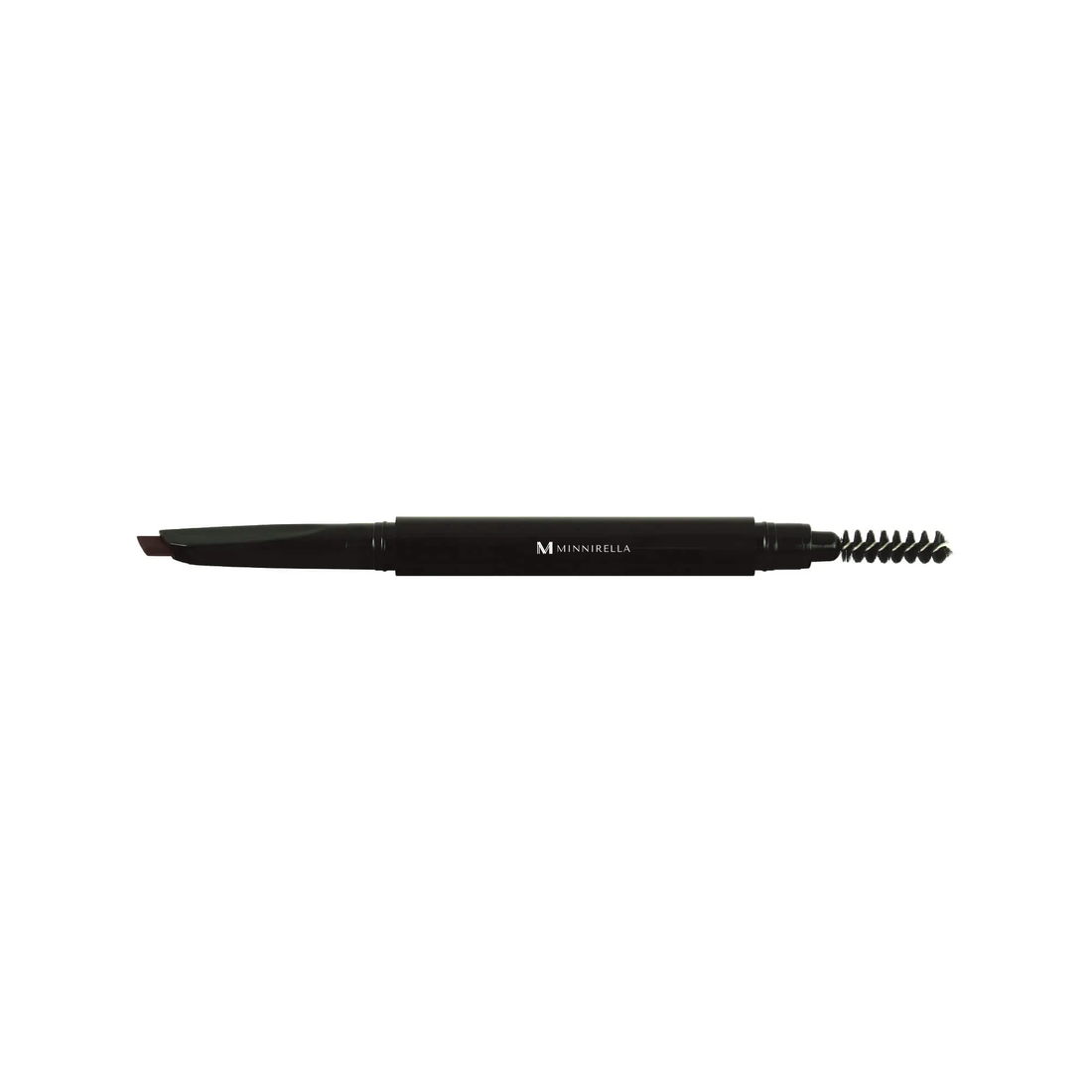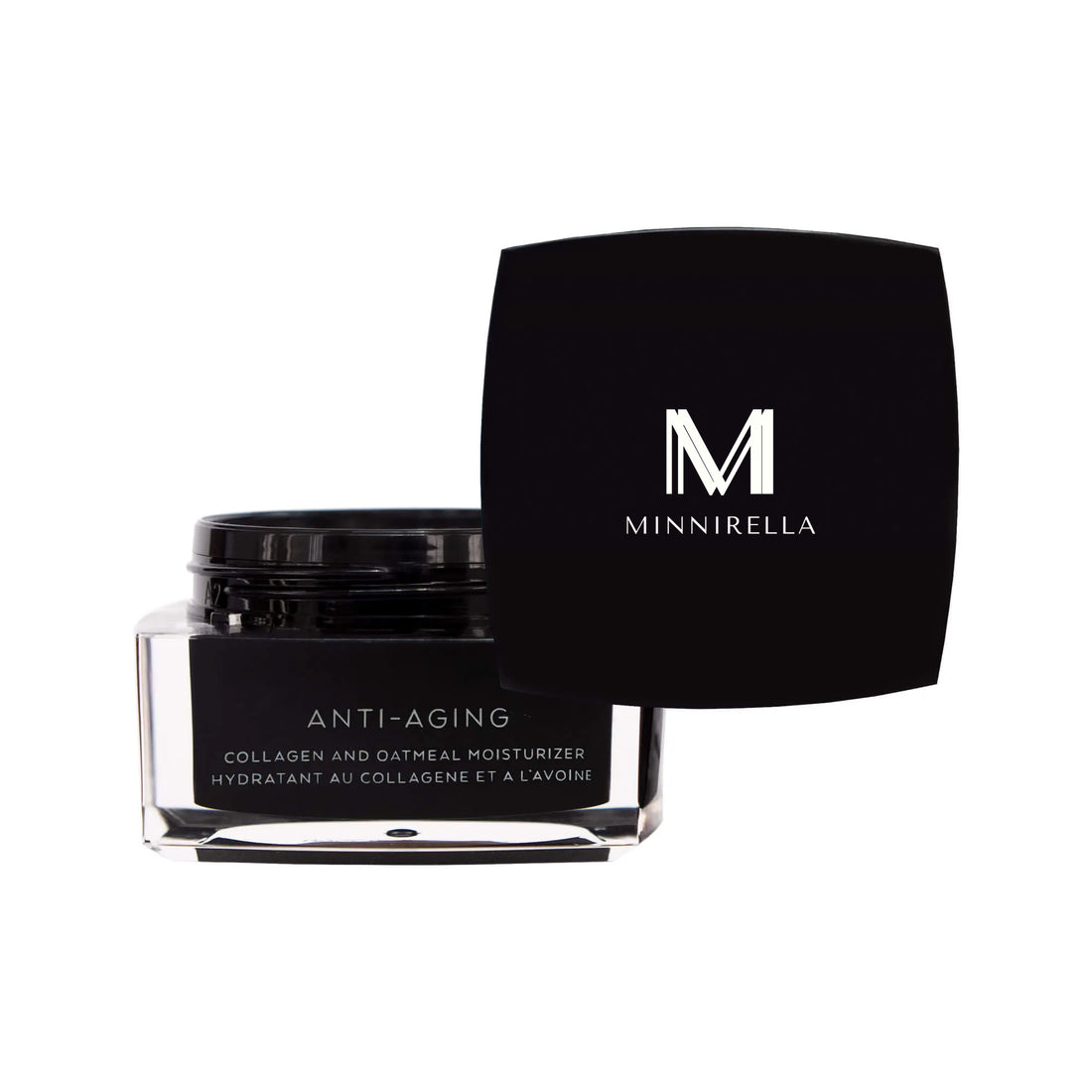
MINNIRELLA MAGAZINE
10 Things to Know Before Dying Your Hair at Home
10 Things to Know Before Dying Your Hair at Home
It’s probably safe to say that we’ve all learned a variety of new skills since being in lockdown. There was the banana bread craze, which got everyone to start baking. By lockdown round #2 it seemed as though almost every woman owned their own gel nail lamp for DIY manicures. And some of us have even attempted what was once considered impossible – dying our own hair at home!This year’s hair trend is apparently ‘au natural’, meaning that it has become fashionable to rock your natural hue. We’re pretty sure that the reason behind this year’s hair colour trend is all because of lockdown roots.
Every new lockdown imposed the same, recurring question: “Should I try to dye my own hair at home and if so, how should I do it?” Not everyone feels comfortable enough to tackle a DIY hair dye job. Yet, we’re sure that many of you just can’t wait to top up your roots and brighten up your tresses.
Here we have 10 essential tips for dying your hair successfully at home.
1.Remember to always do a patch test first to avoid any allergic reactions.
2.Don’t be too drastic! Choose a shade that is no more than four shades darker or lighter than your natural colour.
3.Part your hair into sections with clips to make applying the dye more manageable.
4.If you’re hair is dyed blonde with root regrowth that you don’t want to dye yourself, use talcum powder to disguise your dark roots. Sprinkle the talc along your parting and buff it in using a makeup brush or your fingers. It will instantly lighten the appearance of your roots and is perfect for those with block colours.
5.It’s not advisable to bleach your own hair at home, unless you really know what you’re doing. However, if you are using bleach to colour your hair, be careful not to apply the fresh bleach over hair that has already been bleached. It should only be used on your roots or on hair that hasn’t been dyed.
6.Most box dyes are mixed together in an applicator bottle to make it easy for you to apply. Although this applicator was designed to make the application process easier for the consumer, it doesn’t work well for everyone. If you’re struggling with the bottle applicator method, try mixing up the dye mixture in a hairdressing mixing bowl and apply using a dye brush.
7. Consider the strength of the developer you’re using. Usually, boxed hair dying kits come with either a 10 or 20 volume developer. It’s important to understand how developers work before you rush in and use the wrong volume. A developer will either lighten or tone your hair colour. 10 volume developer will not lighten your hair, it will only tone it, which is why this strength of developer is used for darker hair dyes. 20 volume developer will lighten your hair up to two levels. 30 volume developer will lighten up to three levels. 40 volume developer is often used as a replacement for bleach when creating highlights. Be very careful when using 40 volume or above.
If you require a stronger developer than 40 volume, it is best to use Olaplex or similar before gradually lightening your hair across several bleaching sessions.
8.If you want to cover up root regrowth on your lightened hair but don’t fancy lightening it yourself, choose a neutral ash-toned shade that’s just a few shades lighter than your natural colour. This will blend in better with your lightened hair and it’s far less risky than attempting to dye your hair blonde at home.
9.Ever wondered what the numbers on hair dye boxes stand for? The numbers range from 1-10. Number 1 is the lightest - baby blonde and number 10 is the darkest shade – black. Number 4 is medium brown and number 7 is medium blonde.
10.Next to the numbers on box dyes you will see a letter. The letter you see represents the base tone in that colour. The letter will help you to understand how warm or cool the end result will be.
Here’s a full list of every letter used and what each of them stand for:
·A – Ash
·B – Blue
·BV- Blue-Violet
·C – Cool
·G – Gold
·M – Mahogany
·N – Neutral
·NA – Neutral Ash
·NB – Neutral Brown
·NN – Natural/Neutral (no excess warmth)
–Orange
·OR – Orange-Red
·P – Platinum/Purple
·R – Red
·RR – Really Red (red without brown)
·RB – Red-Brown
·RC – Red-Copper
·RO – Red-Orange
·RV – Red-Violet
·V – Violet
·VR- Violet-Red
·W – Warm
Hopefully these tips will help you to better understand how to choose an at-home hair dye, as well as how to achieve great results! Just remember to stay safe and always do a patch test. Also, if you still don’t feel comfortable dying your own hair at home then wait until the salons reopen to see a professional colourist.
Happy hair dying!

